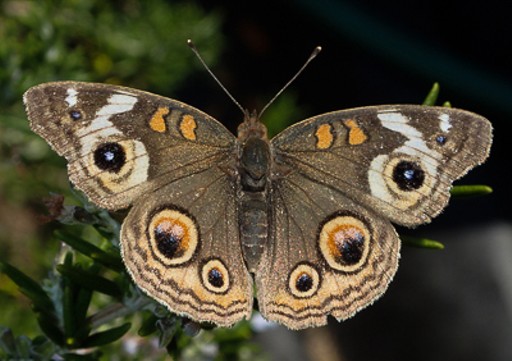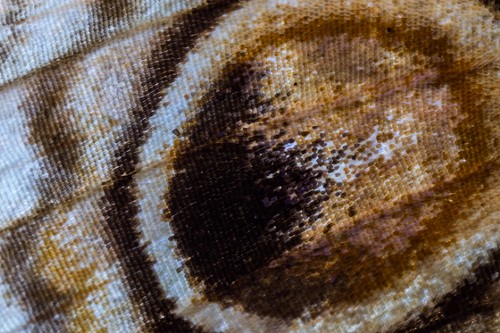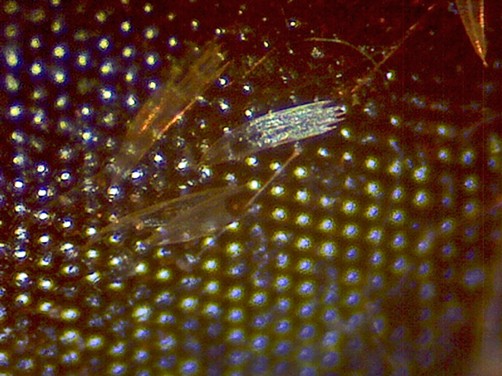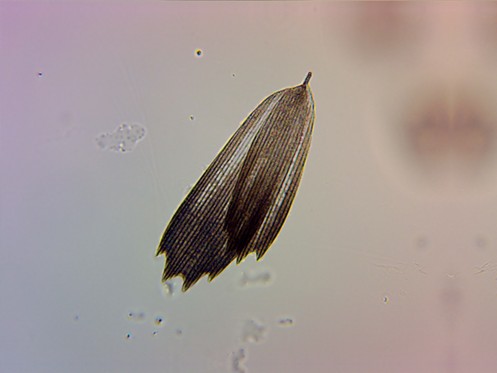Sunday, November 22, 2015
HumBug: Scaly Protection
Posted By Anthony Westkamper on Sun, Nov 22, 2015 at 3:00 PM
The order of butterflies and moths, Lepidoptera, gets its name from Greek words meaning “scale wings.” Like a mosaic, those scales make up each species' distinctive markings. Listed in the literature are a number of ways those minute scales contribute to the animal's well being. As a layer of insulation on their body, they help with thermo-regulation. They distribute pheromones known to be important for boys looking for girls, and I suspect one other thing. I have a hypothesis.
Anyone who has handled a butterfly or moth has probably found those scales come off very easily. I have ruined more than one good specimen by merely touching it with a slightly sweaty finger. I suspect that they come loose for a good reason.
In a life perpetually at risk from spiders' snares, those loosely held scales might act as flour on the baker's hands when kneading bread, or talc on a pool cue. The particles adhere to the spider's silk, but they pull off easily allowing the animal to slip away. I have seen moths, attracted to a light, flutter repeatedly through a spider web while other insects were captured. That is not to say it makes them completely immune to the web's adhesive, but I suspect it does reduce the danger significantly increasing their chances, which is often enough. Survival of a species is, after all, a matter of odds.
To the entomological photographer, they can serve as a clue. Eager to test out a new camera I put an old, dead, dragonfly from my collection under the microscope and found, scattered across the surface of ts eyes, scales that had to have come from a moth or butterfly. It was most likely a moth since they were deeply toothed along their margins (an indicator). While not a smoking gun perhaps, like fingerprints, they were clues to a murder that happened long ago.
Speaking of...
-

Butterflies, Real Estate Mysteries and Pop-up Dining
Jan 26, 2024 -

Gettin' Saucy with Pot Wings
Mar 16, 2023 -

HumBug: Early Spring Pollinators
Apr 12, 2020 - More »
Readers also liked…
more from the author
-
HumBug: Early Spring Pollinators
- Apr 12, 2020
-
HumBug: A Recipe for History
- Apr 5, 2020
-
HumBug: Bugs in the City
- Mar 29, 2020
- More »



































